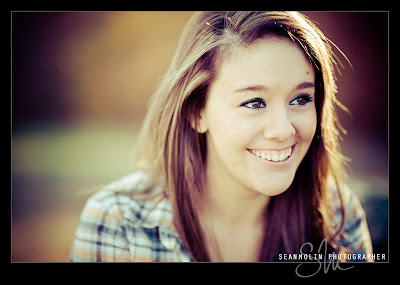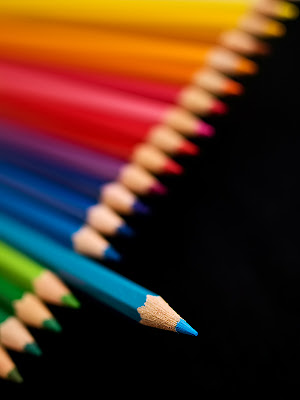What is Depth of Field in Photography?
Depth of field in photography refers to the area in a picture that is in focus. When a lens is focused at a particular distance, the immediate foreground and background of the area in focus also appear to be in relatively sharp focus, this is called depth of field.
 |
| Photo By Seanmolin |
Factors that influence depth of field
The factors affecting Depth of field are the type of camera used (Sensor Size), focusing distance and the aperture. The human perception of depth of field is also affected by the print size (magnification) and the viewing distance.
- Cameras with crop sensors have more depth of field than those which have full frame sensors.
- Larger apertures (smaller f number f/1.4, f/2.8) have shallow depth of field while smaller apertures (larger f number f/16, f/22) have greater depth of field
- When the focusing distance (distance from the subject to the lens) reduces, the depth of field also reduces and when the focusing distance increases the depth of field also increases. So moving closer to the subject will reduce depth of field while moving farther from the subject will increase it.
 |
| Photo By Bill Gracey |
One important characteristic of depth of field is that it does not change abruptly from sharp to blur, but instead it occurs gradually. Objects in front and rear of the focus area begin to lose sharpness immediately but it is not perceivable within the depth of field range. Only when the subject is out of the depth of field range does it appear blurred. The reason for this is attributed to the peculiarities of the human eye and is best explained through the concept of Circle of Confusion.
Circle of Confusion
It is noted that at normal reading distance a person with perfect eyesight could see objects up to 1/16 of a millimetre size clearly. Anything smaller will only appear as a blur. If two lines of width 1/16mm are drawn close together the human eye would clearly see two distinct lines, but if two lines smaller than 1/16mm are drawn close together then they will only appear as a single line. Thus Circle of Confusion defines how much a point needs to be blurred in order to be perceived as UN sharp.
 |
| Photo By Mdezemery |
In photography the generally accepted standard for the smallest point that can be clearly seen by an average person in normal circumstances is 1/6th of a millimetre or 0.1667mm. Presuming that to make a 5X7"print; the 35mm film is enlarged 5 times; the circle of confusion is calculated as 0.1667/5=0.0333. This is the standard used by lens manufacturers for depth of field tables and lens markings.
 |
| Photo By Mdezemery |
So to summarize we could say that circle of confusion is that area of the image that falls beyond the acceptable range of focus (depth of field).
Do wide angle lenses have more depth of field than telephoto lenses?
It is a common misconception that most beginner photographers have but it is not true it sure feels as if photos taken with a wide angle lens having more depth than those taken with a telephoto. But in reality the depth of field at any given aperture is the same for wide angle lenses and telephoto lenses. The pictures do appear as having shallow depth of field is due to the magnification factor. If you take two pictures one with a wide angle lens and one with a telephoto lens, maintaining the same field of view (when shooting with a wide angle lens you will have to move closer to the subject to get the same field of view as a telephoto lens) both the images will have the same depth of field.
 |
| Photo By Chris Mc Roberts |
Only actual difference between wide angle lenses and telephoto lenses regarding depth of field is in its distribution in case of wide angle lenses the depth of field is more biased towards the rear (that is if you have a depth of field of 3 inches one inch in foreground and 2 inch in background will be in focus. Where as in case of telephoto lenses it is mostly even that is in a 3 inch depth of field situation you will have 1.3 inch of foreground and 1.7 inch of background in focus.
In the next article we will discuss about Photography - Tips For Beginners - What is Red Eye Effect? How to Avoid it in Photos?